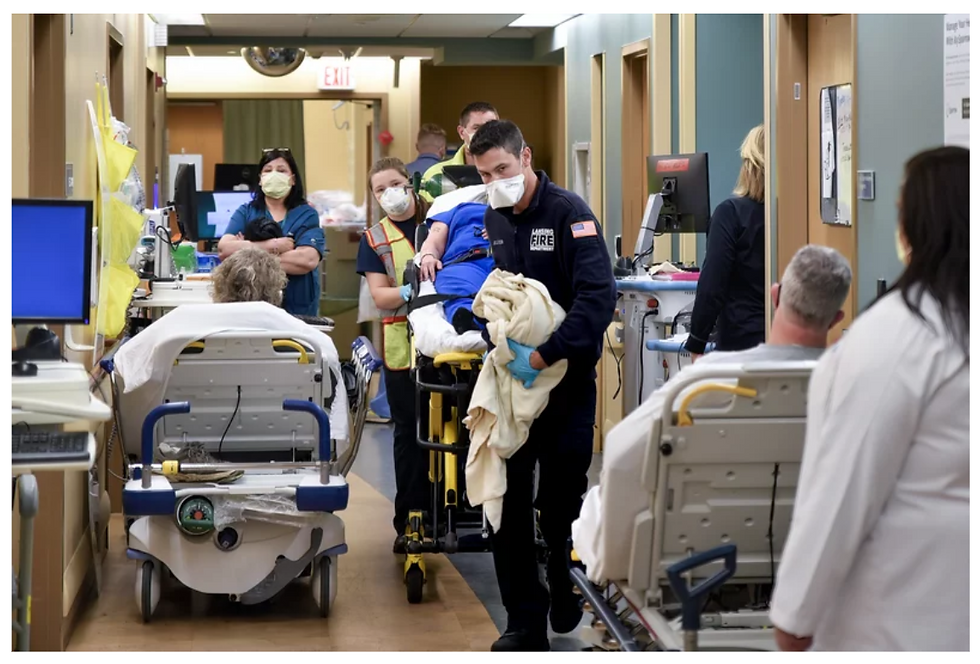Virtualizing the Wound & Ostomy Program: The Build vs. Outsource Decision
- katherinepiette
- May 22, 2021
- 2 min read

With the help of specific technologies, virtualizing the Wound & Ostomy consultation is now available to the post-acute environment. Virtualizing can create leadership in your market and a differentiator for your services. I’m sure you see the same articles that we see hitting the marketplace. That competitive tweak in your gut says you have to take a position with new players entering the post-acute space.
Even without the NEW models of care, your current programs require more timely access to a WOCN consult. For traditional Medicare, it’s about a timely Start of Care and managing risks. For Medicare Advantage, it’s about competing for contracts on a Population basis. Wounds are a population!
How do you accomplish the first to market advantage? And, at what risk and cost?
Corstrata has learned over the years there are a number of challenges in achieving competency, speed, and economies of scale through virtualization. It’s not for the faint of heart. It’s not a single act, it’s a complicated framework of legal compliance, policies and procedures, clinical leadership, talent, technology, workflow, and documentation. It doesn’t happen overnight.
No matter how much the entrepreneurial spirit surges through your veins, Telehealth models are complicated and not the place to demonstrate DIY (do-it-yourself) and NIH (not-invented-here) thinking.
Yet, there is a certain temptation of “we will own it…” and “we will be creating enterprise value…” narratives. But, with every business decision, a serious Build vs. Outsource should be considered when Virtualizing WOCN skills.
Take a moment and consider the Drivers for virtualization, and then determine if a partner can help you build your own virtual WOCN program quickly, and with advanced competency.




Comments